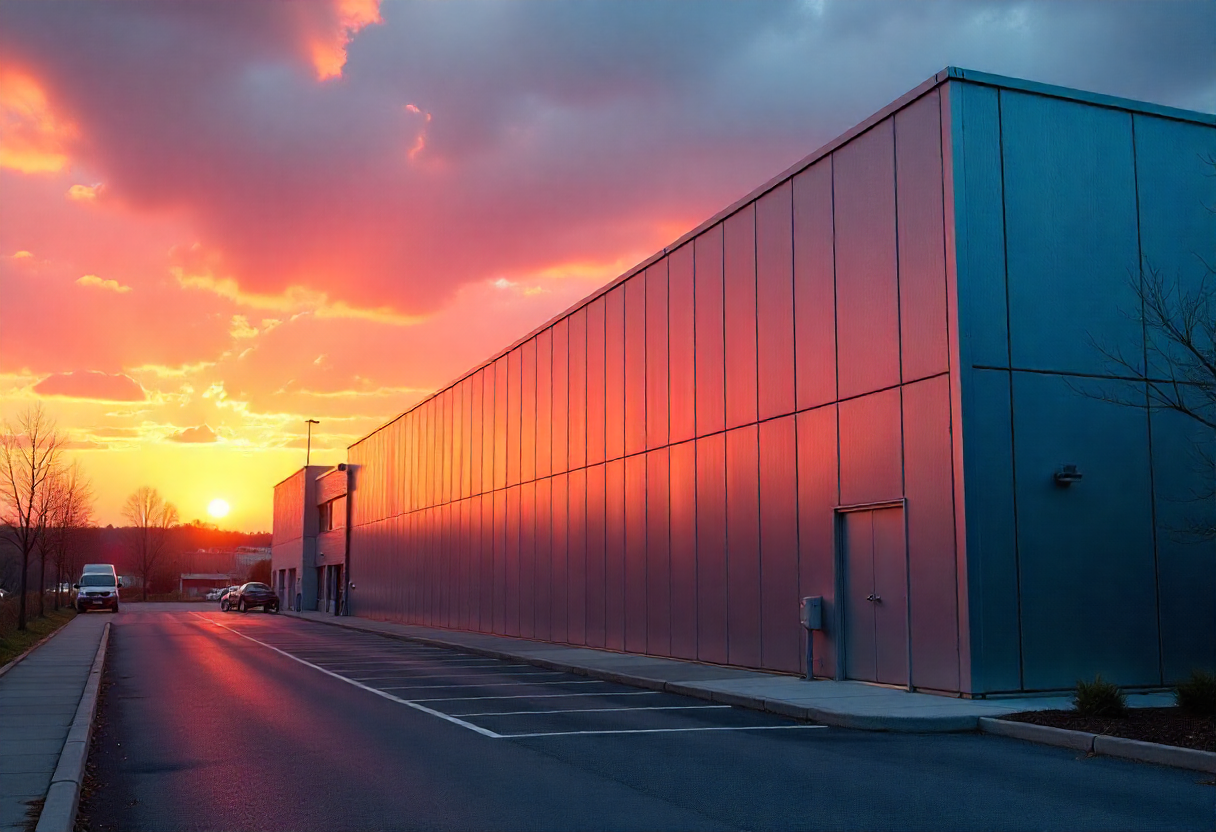How to Cool a Metal Building: Effective Cooling Solutions
Metal buildings present unique cooling challenges that necessitate intelligent solutions and meticulous planning. High temperatures inside these structures can make them uncomfortable and reduce productivity. Having reliable metal building contractors helps ensure you get the right cooling system for your specific needs. This guide covers the most effective methods to keep metal buildings comfortable during hot weather. These proven techniques will help you create a cooler environment while managing energy costs.
Insulation
Good insulation is the first step to cooling a metal building and controlling indoor temperatures year-round. Proper insulation prevents heat from transferring through walls and roofing, keeping hot air out during the summer. Use materials with high R-values, like spray foam or rigid foam boards, for the best results. Make sure installation covers all areas without gaps or compressed spots that reduce effectiveness. Reflective insulation works well in sunny areas by bouncing heat away from the building. Quality insulation creates a protective barrier that enhances the effectiveness of other cooling methods and reduces energy costs over time.
Ventilation
Good airflow helps regulate temperature and prevents heat buildup inside metal buildings. Natural ventilation through windows, louvers, or ridge vents can move air without using electricity. Powered options like exhaust fans or turbine vents work better for larger buildings that need more air movement. Plan your ventilation system based on building size, layout, and where you place intake and exhaust vents. Proper ventilation also improves air quality by reducing moisture and removing stale air. Smart ventilation design can cool a metal building effectively while keeping operating costs low.
Air Conditioning
Air conditioning systems provide reliable temperature control for metal buildings in hot climates. These units remove heat from indoor air and move it outside, creating a comfortable environment. Choose the right system size based on your building's square footage, insulation quality, and layout. Proper installation and regular maintenance keep your AC running efficiently and lasting longer. Programmable thermostats and zone controls let you cool different areas as needed, saving energy and money. Well-designed AC systems can handle the unique challenges of cooling large metal spaces.
Fans
Fans improve air circulation and help distribute cool air throughout metal buildings. Ceiling fans create gentle breezes that make people feel cooler even at higher temperatures. Exhaust fans quickly remove hot air and moisture from the building. Position fans carefully to avoid dead spots where air doesn't move well. Choose fans based on room size, airflow rating, and energy efficiency. Oscillating fans can target specific work areas that need extra cooling. Strategic fan placement complements other cooling methods to create a comfortable environment.
Cool Roofing
Cool roofing materials reflect sunlight and release heat, reducing the temperature inside metal buildings. These special materials bounce back much of the sun's energy instead of absorbing it. Here are important features to look for:
Reflectivity: Choose materials that reflect most sunlight away from your building
Heat Release: Pick materials that give off absorbed heat quickly and efficiently
Insulation: Add insulation under cool roofing for better heat control
Maintenance: Check and maintain your cool roof regularly to keep it working well
Shading Solutions
External shading blocks sunlight before it hits your building, reducing heat gain significantly. Awnings, louvers, and solar screens can cut direct sun exposure on windows and walls—plant trees or shrubs around your building to create natural shade and cooling. Inside shading, like blinds, curtains, or window films, also helps control heat. Reflective window coatings bounce sunlight away while still letting in light. Combining different shading methods yields better results than using a single approach.
Related Topics:

